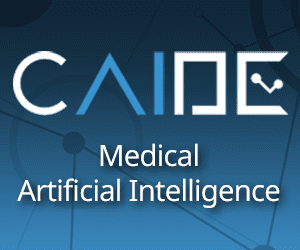Managing the Internet of Behaviors (IoB) presents CIOs with the challenge of balancing personalization with privacy. IoB refers to the collection and analysis of data from various sources to understand and influence human behavior. Here are some key challenges and strategies for CIOs to address this balancing act:
-
Understand privacy regulations and compliance: Stay updated on privacy regulations, such as the General Data Protection Regulation (GDPR) and the California Consumer Privacy Act (CCPA), and ensure your organization complies with them. Understand the specific requirements for data collection, storage, and usage, and educate your teams about their responsibilities.
-
Adopt privacy by design principles: Incorporate privacy by design principles into your organization’s processes and systems. Implement privacy-friendly practices from the initial stages of product development and system design. This includes data minimization, purpose limitation, and user consent mechanisms.
-
Implement strong data governance and security practices: Establish robust data governance policies and procedures to ensure responsible data collection, storage, and usage. Implement strict security measures to protect sensitive data from unauthorized access or breaches. Regularly assess and update security protocols to address evolving threats.
-
Practice transparency and user consent: Clearly communicate to users how their data will be collected, analyzed, and used within the IoB framework. Obtain informed consent from individuals before collecting and analyzing their behavioral data. Offer users the ability to opt-out or customize their privacy settings.
-
Educate employees and users about privacy: Provide training and awareness programs to employees about the importance of privacy and the ethical implications of working with personal data. Educate users about the benefits of personalized experiences while emphasizing the measures taken to protect their privacy. Foster a culture of privacy within the organization.
-
Implement anonymization and pseudonymization techniques: Use anonymization and pseudonymization techniques to minimize the risk of personal identification from behavioral data. Implement data de-identification practices to protect individual privacy while still enabling analysis for insights and personalization.
-
Employ data minimization and purpose limitation: Collect only the necessary data required to achieve specific business objectives. Avoid excessive data collection and storage. Ensure that data is used only for the intended purposes and not repurposed without appropriate consent or justification.
-
Conduct privacy impact assessments (PIAs): Perform privacy impact assessments to evaluate the potential risks and impacts of IoB initiatives on privacy. Assess the privacy risks associated with data collection, analysis, and usage, and identify mitigation measures to address those risks. Regularly review and update the PIAs as new projects or initiatives are undertaken.
-
Foster collaboration with privacy professionals: Collaborate with privacy professionals, such as data protection officers or privacy consultants, to ensure your organization adheres to privacy best practices. Engage them in the decision-making process when implementing IoB initiatives to obtain their expertise and guidance.
-
Stay informed about emerging privacy technologies: Keep track of emerging technologies and solutions that can enhance privacy in the context of IoB. Stay informed about privacy-preserving technologies, such as federated learning, differential privacy, and homomorphic encryption, that can enable data analysis while protecting individual privacy.
-
Conduct periodic privacy audits: Regularly conduct privacy audits to assess the effectiveness of your privacy measures. Evaluate data handling practices, data protection controls, and privacy policies to ensure compliance and identify areas for improvement. Use the audit findings to refine your privacy strategies and practices.
By addressing these challenges and implementing privacy-centric strategies, CIOs can strike a balance between personalization and privacy in the context of the Internet of Behaviors, ensuring that user data is treated responsibly and ethically.








